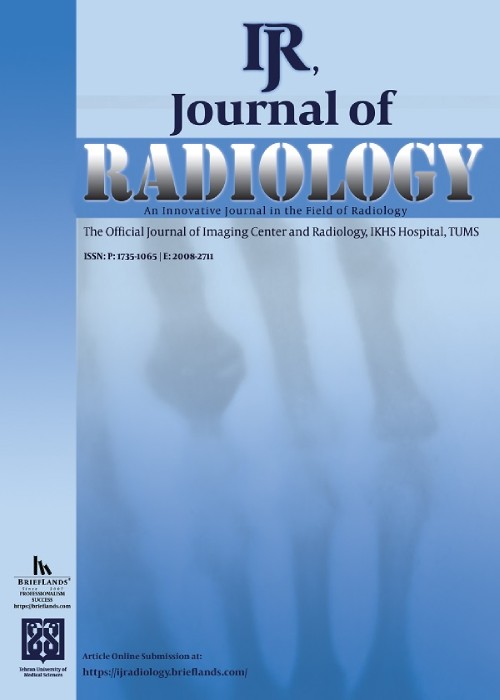Visualization of the 12th Cranial Nerve with MRI: Value of Balanced Fast-Field Echo and 3D-Drive Sequences Among the T2 TSE Post-Contrast T1 Sequences
Author(s):
H. Aydin , N. Aydi , N. Oktay , B. Hekimoglu
Abstract:
Our aim was to optimize the most effective MR imaging sequence for visualization of the 12th cranial nerve (hypoglossal nerve) through its cisternal course.We applied balanced fast-field echo (B-FFE), 3D-T2 weighted Driven Equilibrium RF Reset Pulse (DRIVE), T2 weighted 2D TSE and post-contrast T1 weighted sequences and tried to find out the best sequence for the perfect visualization of the 12th cranial nerve. One-hundred patients without any hypoglossal nerve paralysis were examined via these sequences. Imaging analysis was graded as follows: certain visualization of nerves (score 2), partially visualized nerves (score 1), non-visualized nerves (score 0).The hypoglossal nerve was visualized exactly in only eight cases and partially depicted in only six cases with the post-contrast T1 series. In B-FFE sequence; 56% of the nerves were properly seen and 8% of the nerves were partially identified, using T2 weighted DRIVE sequences; 30% of the nerves were clearly visualized, the nerves were partially depicted in 15 patients. Regarding the T2 weighted TSE sequence, 15% of the nerves were certainly depicted and in seven patients the nerves were partially depicted.The most diagnostic sequence for the exact visualization of the cisternal course of hypoglossal nerve is B-FFE revealing a 64% visualization rate for the cisternal parts (112 exactly, 16 partially). T2W DRIVE sequence is shown to be more diagnostic than the T2W TSE for vi-sualization of the cisternal part of the hypoglossal nerve.
Language:
English
Published:
Iranian Journal of Radiology, Volume:7 Issue: 2, Jun 2010
Page:
71
magiran.com/p795259
دانلود و مطالعه متن این مقاله با یکی از روشهای زیر امکان پذیر است:
اشتراک شخصی
با عضویت و پرداخت آنلاین حق اشتراک یکساله به مبلغ 1,390,000ريال میتوانید 70 عنوان مطلب دانلود کنید!
اشتراک سازمانی
به کتابخانه دانشگاه یا محل کار خود پیشنهاد کنید تا اشتراک سازمانی این پایگاه را برای دسترسی نامحدود همه کاربران به متن مطالب تهیه نمایند!
توجه!
- حق عضویت دریافتی صرف حمایت از نشریات عضو و نگهداری، تکمیل و توسعه مگیران میشود.
- پرداخت حق اشتراک و دانلود مقالات اجازه بازنشر آن در سایر رسانههای چاپی و دیجیتال را به کاربر نمیدهد.
In order to view content subscription is required
Personal subscription
Subscribe magiran.com for 70 € euros via PayPal and download 70 articles during a year.
Organization subscription
Please contact us to subscribe your university or library for unlimited access!


